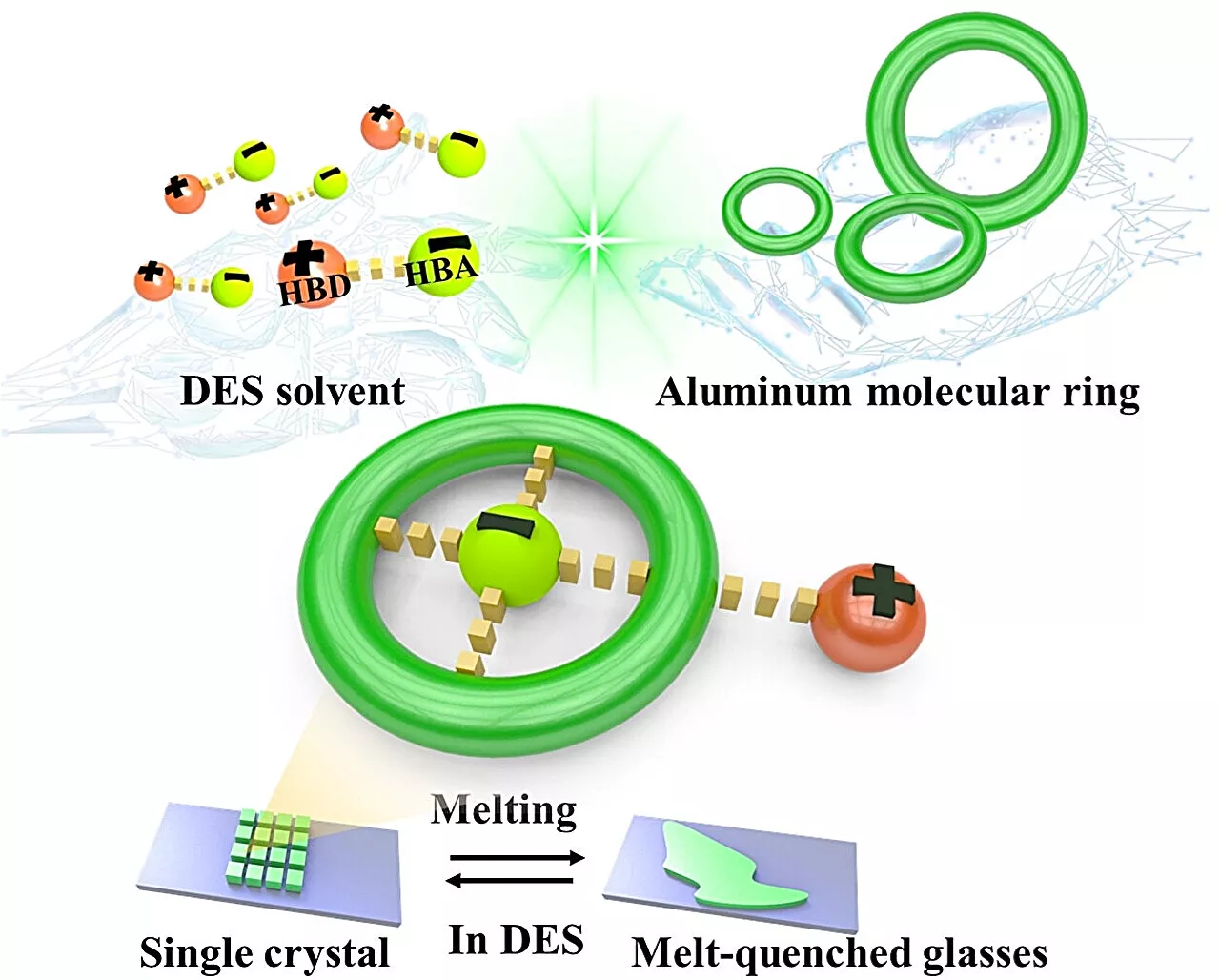Throughout history, the currents in the fjord between two of the islands made travel treacherous. Now, the tides may be changing.
Today Streymoy and Hestur islands are connected by a ferry, but such travel was impossible for most of their history. For centuries, life on Hestur, a small Faroese island located halfway between Scotland and Iceland in the northeast Atlantic, was isolated: Streymoy, the biggest of the 18 islands that comprise the Faroe Islands, is almost ironically close, within eyeshot, but powerful currents in the fjord dividing the two islands long made travel between them difficult.
But the project is still undergoing an environmental impact survey — and some researchers and residents are concerned that harnessing the island nation’s tidal power may come at a cost.The economy of the Faroe Islands has been built primarily on the open sea and in its fjords: Up to 90 percent of its export value, and around 20 percent of its gross domestic products , comes from fishing or fish-farming.
Finding the right supplier of tidal energy wasn’t easy. But in 2018, representatives from Minesto met with SEV at a conference in London and instantly saw the possibilities of a potential partnership. The two parties signed a contract for cooperation, with SEV pledging to buy energy from Minesto at a fixed price and provide research while Minesto tested its turbines in the ocean.
The turbines are called “dragons,” but look more like kites, and come in different lengths: The most vigorously tested in the Faroe Islands has a wingspan of over 16 feet, but a newer model is more than double that, at nearly 40 feet long. The devices travel in a figure-eight trajectory. This movement pulls them through the water much faster than the speed at which currents are flowing, generating energy that is transmitted via power cables to shore.
Scott also says she is “a little concerned” about the Minesto kites versus other types of tidal turbines because they are faster and move in the midwater column, as opposed to being predictably in just one location on the seafloor. She worries that marine mammals could be injured if they are hit by the turbine. “We don’t know if animals, such as seals, can avoid them by changing their behavior farther away or closer to the kites,” she says.
South Africa Latest News, South Africa Headlines
Similar News:You can also read news stories similar to this one that we have collected from other news sources.
 FAR AFIELD: Researchers seek out and study tornadoes and severe weatherOceanic and Atmospheric Research (OAR) - or NOAA Research - provides the research foundation for understanding the complex systems that support our planet.
FAR AFIELD: Researchers seek out and study tornadoes and severe weatherOceanic and Atmospheric Research (OAR) - or NOAA Research - provides the research foundation for understanding the complex systems that support our planet.
Read more »
 Researchers develop cluster glass for fluorescence and nonlinear optical propertiesGlass can be synthesized through a novel 'crystal-liquid-glass' phase transformation. Crystalline materials can be fine-tuned for desired properties such as improved mass transfer and optical properties through coordination chemistry and grid chemistry design principles.
Researchers develop cluster glass for fluorescence and nonlinear optical propertiesGlass can be synthesized through a novel 'crystal-liquid-glass' phase transformation. Crystalline materials can be fine-tuned for desired properties such as improved mass transfer and optical properties through coordination chemistry and grid chemistry design principles.
Read more »
 Researchers 3D-print functional human brain tissueIt's an achievement with important implications for scientists studying the brain and working on treatments for a broad range of neurological and neurodevelopmental disorders, such as Alzheimer's and Parkinson's disease.
Researchers 3D-print functional human brain tissueIt's an achievement with important implications for scientists studying the brain and working on treatments for a broad range of neurological and neurodevelopmental disorders, such as Alzheimer's and Parkinson's disease.
Read more »
 Researchers demonstrate multi-photon state transfer between remote superconducting nodesOver the past few decades, quantum physicists and engineers have been trying to develop new, reliable quantum communication systems. These systems could ultimately serve as a testbed to evaluate and advance communication protocols.
Researchers demonstrate multi-photon state transfer between remote superconducting nodesOver the past few decades, quantum physicists and engineers have been trying to develop new, reliable quantum communication systems. These systems could ultimately serve as a testbed to evaluate and advance communication protocols.
Read more »
 Researchers show classical computers can keep up with, and surpass, their quantum counterpartsA team of scientists has devised means for classical computing to mimic a quantum computing with far fewer resources than previously thought. The scientists' results show that classical computing can be reconfigured to perform faster and more accurate calculations than state-of-the-art quantum computers.
Researchers show classical computers can keep up with, and surpass, their quantum counterpartsA team of scientists has devised means for classical computing to mimic a quantum computing with far fewer resources than previously thought. The scientists' results show that classical computing can be reconfigured to perform faster and more accurate calculations than state-of-the-art quantum computers.
Read more »
 Robolawyers Are As Good As Humans, Say ResearchersQuicker, cheaper and almost as accurate as humans, robolawyers are set to disrupt the legal industry.
Robolawyers Are As Good As Humans, Say ResearchersQuicker, cheaper and almost as accurate as humans, robolawyers are set to disrupt the legal industry.
Read more »
